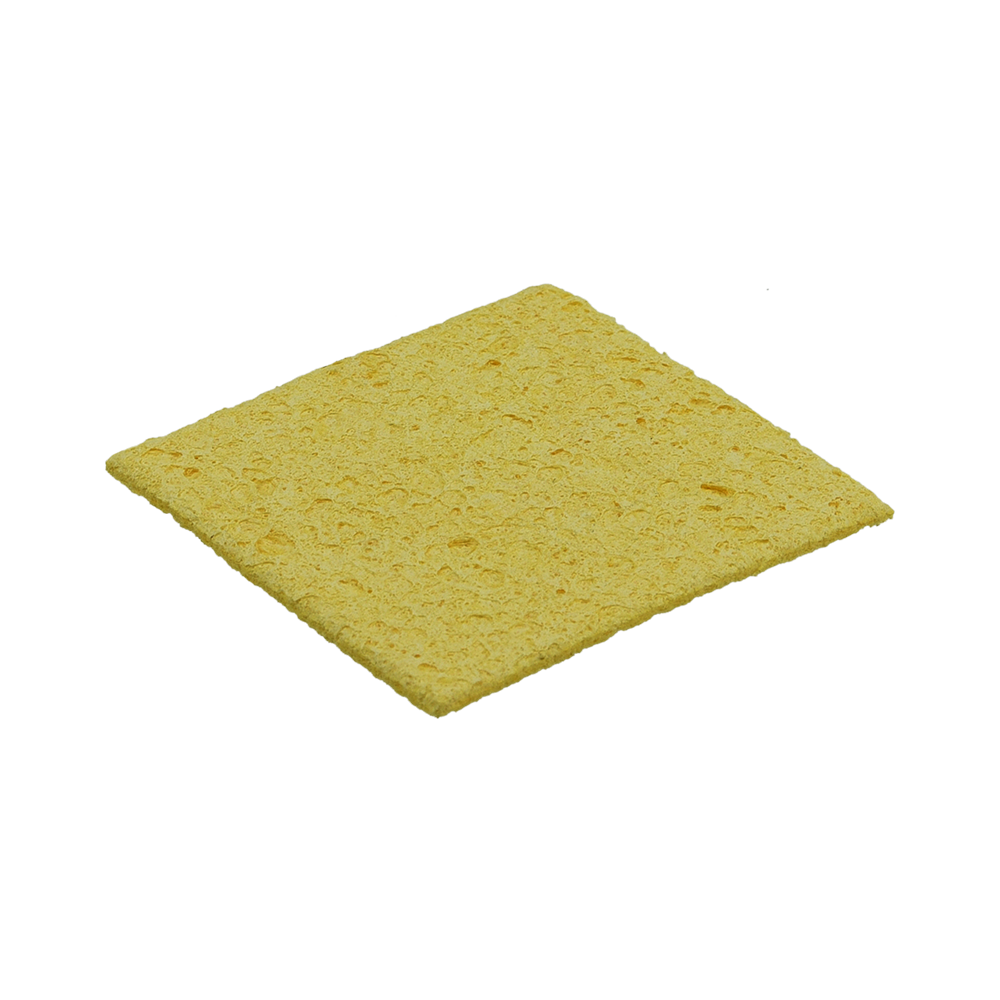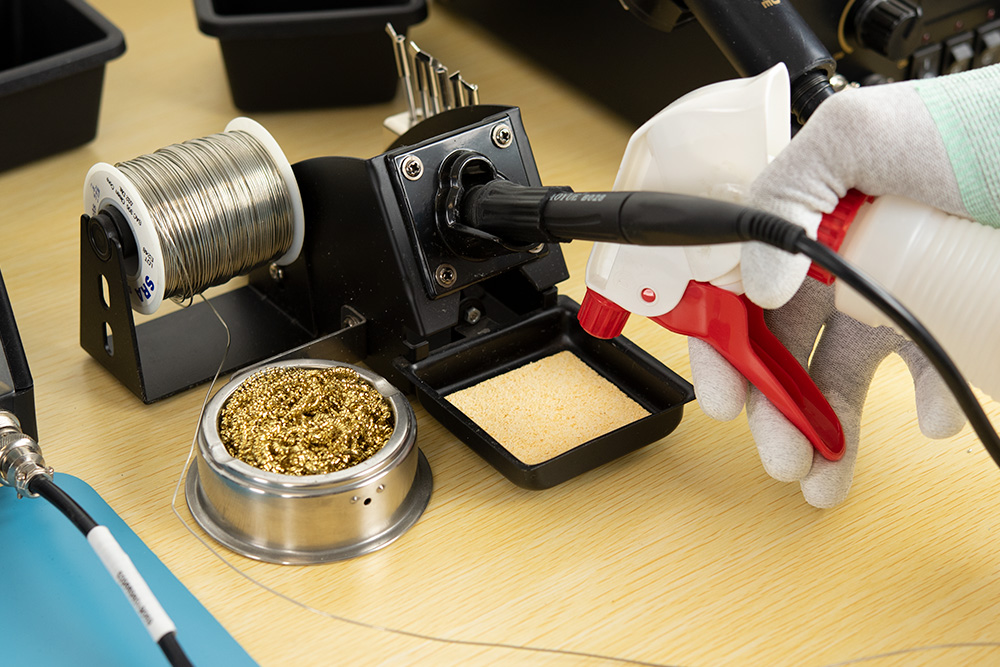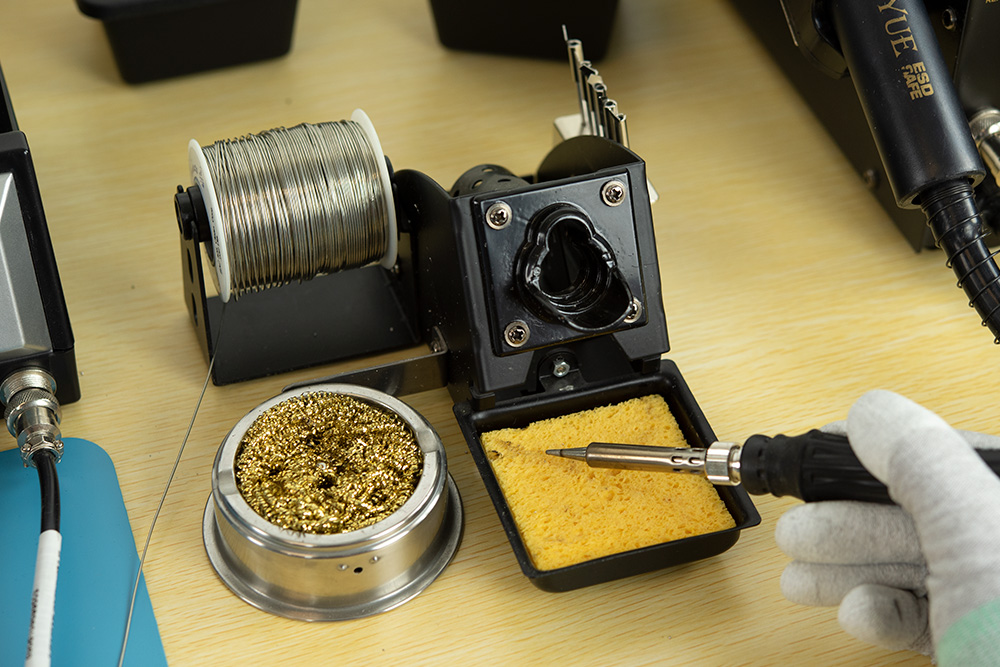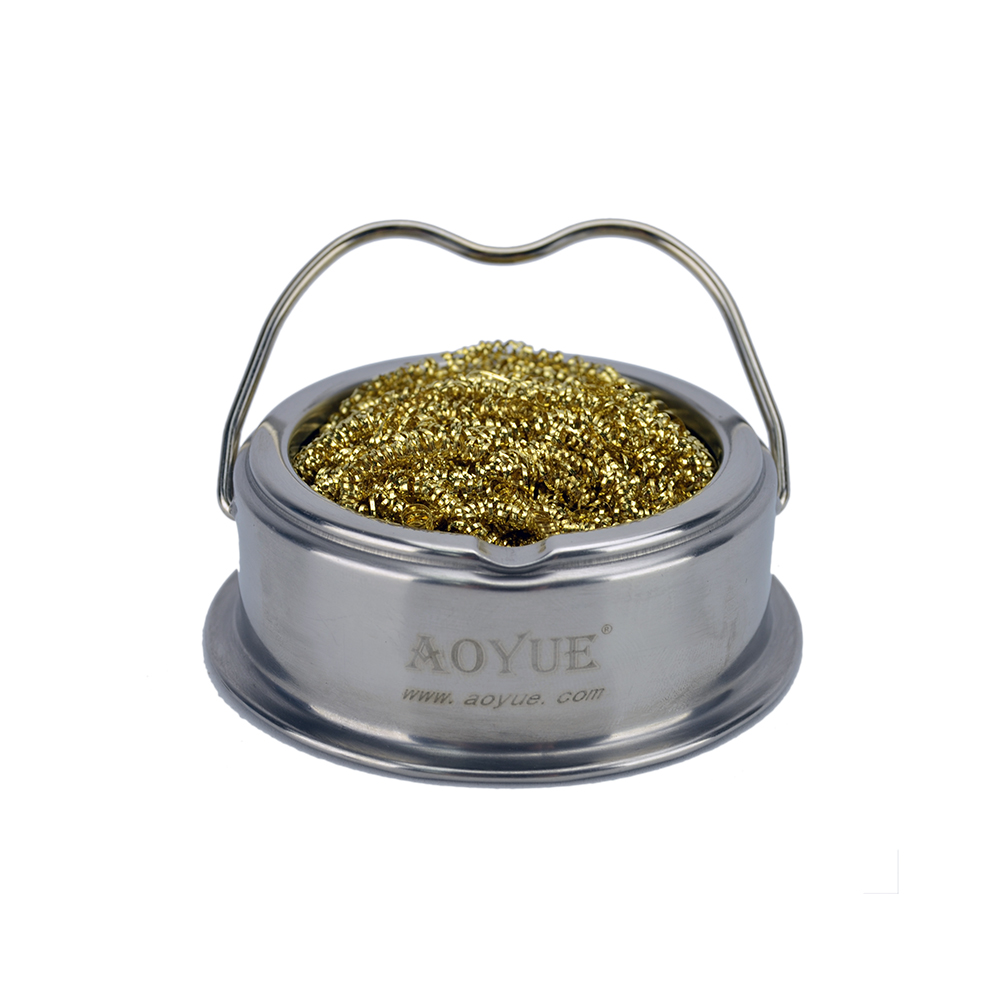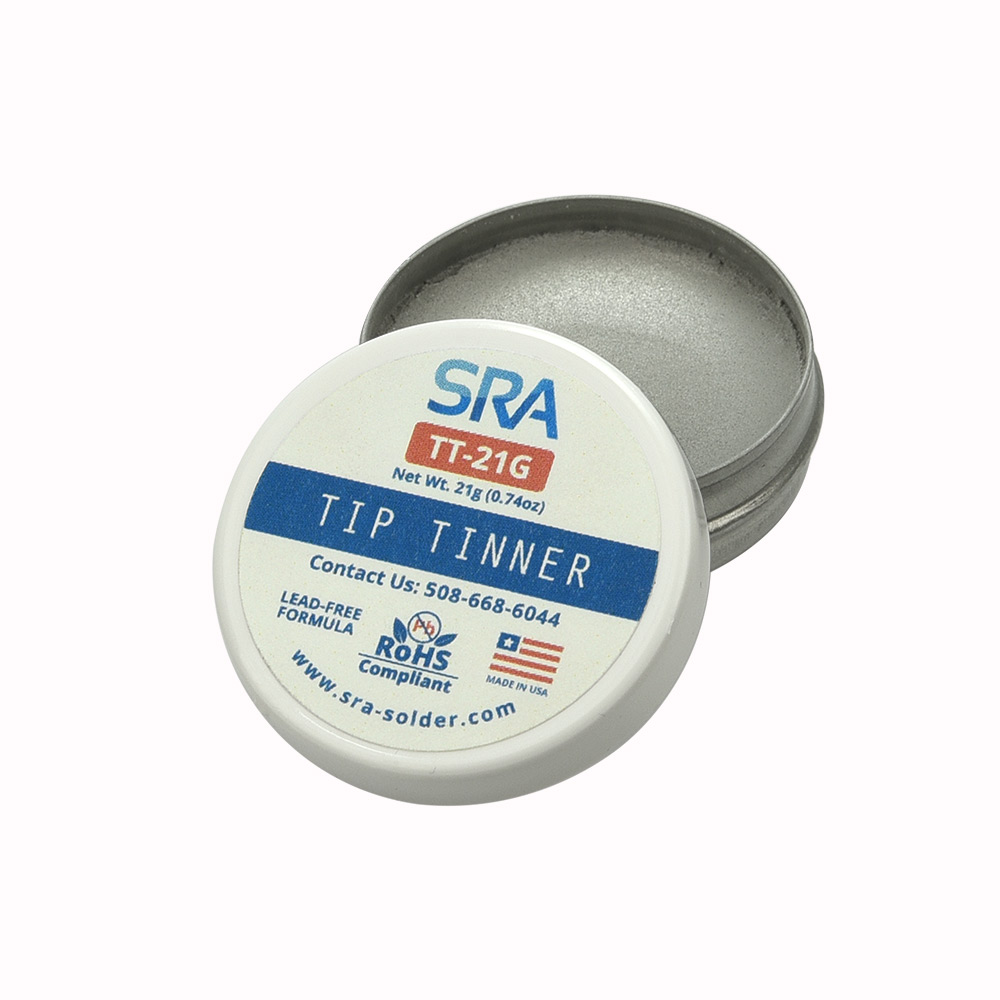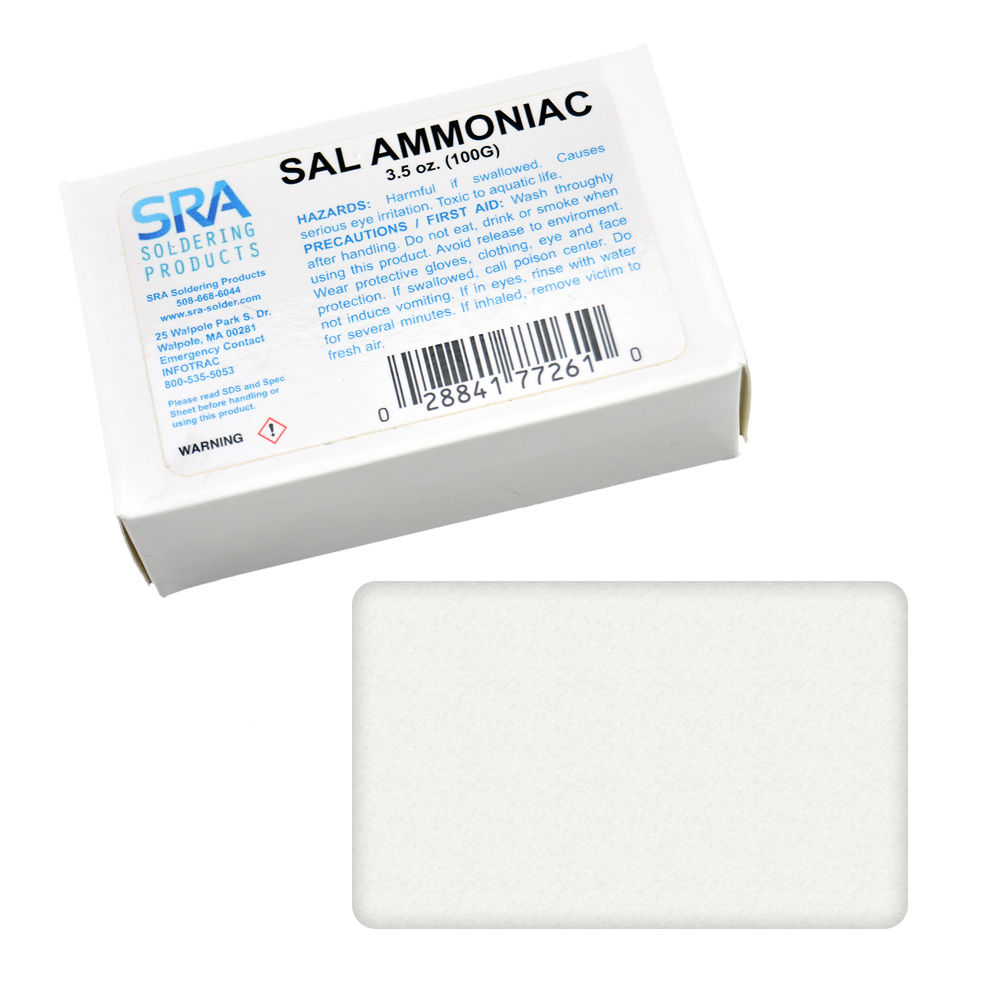If you find that you're burning through your tips at lighting speed, you might want to check the temperature. Using high temperatures can quickly oxidize your tips, especially if they are left uncleaned for any amount of time. The flux oxides build up, start smoking, and turn the tip black instead of bright shiny silver.
We recommend setting the iron to the lowest possible temperature that you can while still be able to do the job properly. Sometimes using a slightly higher temperature can make it quicker and more efficient to solder. But if you're just starting out, it's better to start low so you have less a chance of damaging components. Usually a temperature of around 608°F (320°C) is a great starting point. Then you can adjust lower or higher depending on the size and type of components you're soldering.

